Best Grind Size for Café Quality Cold Brew Coffee
Have you ever had a cold brew at a cafe so good, but had difficulty making one up to par at home? Grind size could be the issue.
Cold brew is becoming more and more popular in 2024, because it can taste great and is actually easy to make. But too often, I see people struggling with making a good batch of cold brew! This usually leads back to trouble with how large they should grind their coffee beans.
Que your friendly neighborhood barista!
After several experiments, I found the best grind size for creating batch after batch of delicious cold brew coffee.
Key takeaway
- The best grind size for cold brew coffee is an extra-coarse grind, making sure the grind particles are uniform in size.
- This can best be achieved with a burr grinder.
Here is a detailed guide to help you make the best cold brew possible, starting with the grind size.
Different Coffee Grind Sizes
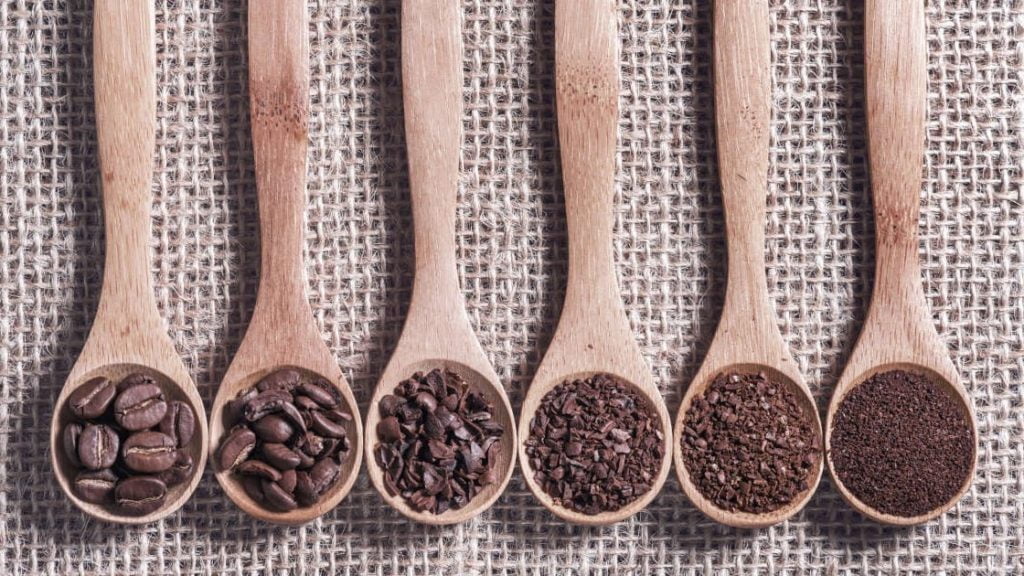
There are 3 main grind sizes as listed below, and several extra sizes you can read more about here.
- Coarse – has the feel of sea salt and is mainly used for french presses and percolators. A step up is extra-coarse grinds, which take the longest to steep.
- Medium – has the consistency of sand, which lets water through, so they’re ideal to use with a coffee filter in making drip coffees.
- Fine – is compact and about the size of sugar; they’re great for brew methods like espresso grinds and Turkish coffees.
Does Grind Size Really Matter With Cold Brew?
When it comes to making the perfect cold brew, yes. Only extra-coarse grinds will give you that 3rd wave coffee cold brew taste, regardless of whether you are preparing cold brew concentrate or ready-to-drink cold brew.
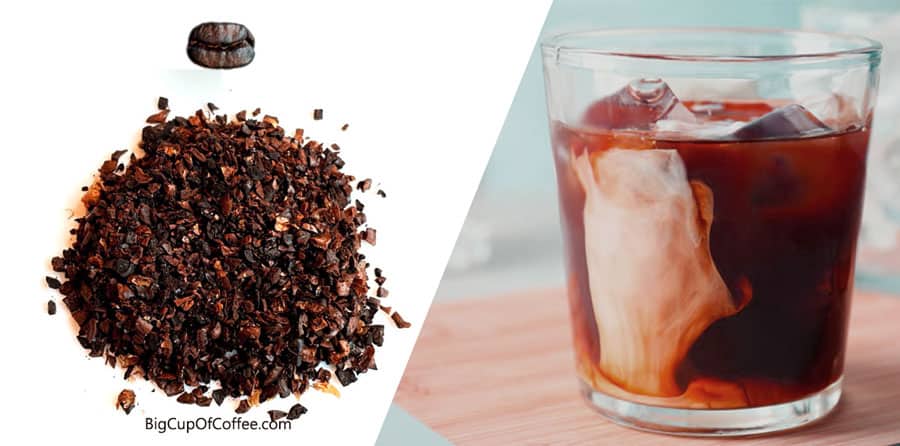
However, it’s important to note that the type of beans used will strongly affect the final taste of your brew, so I suggest fine-tuning the grind size when you use different roast or origin beans to find out what works best for you.
Coarsely ground coffee beans are also less likely to over-extract. Over-extraction would lead to a very unfulfilling, bitter taste, which you would “fix” by adding more condiments like sugar or extra creamer. But you don’t really need these extras, which are great for your health, your wallet, and the environment.
Of course, there’s also the danger of under-extracting your beans. Grinding the beans too fine will make your batch taste sharp and sour, earning you a trip to the bathroom.
Unless you’re using an AeroPress to make your cold brew, in which case, espresso grinds work well.
Remember that you’re making cold brew, not battery acid!
The Best Coffee Grinder for Making Cold Brew Coffee
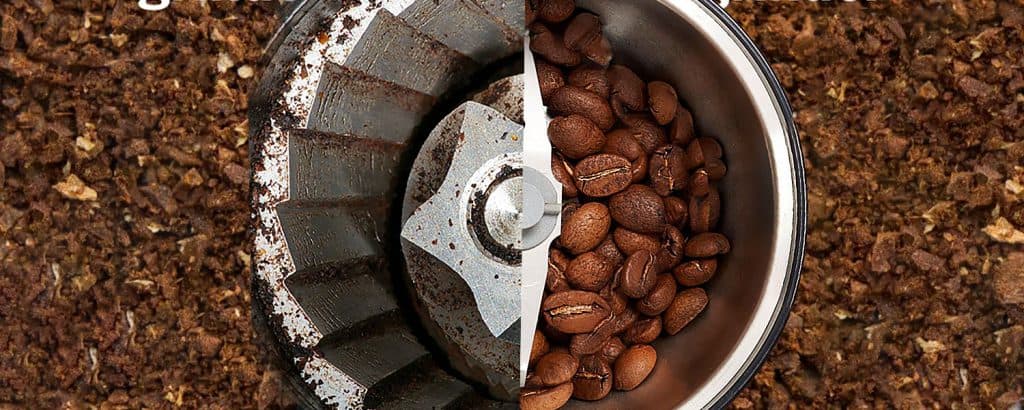
After figuring out sizes, the next thing to know is the best coffee grinder to get the job done.
2 types are suitable for making your cold brew batch:
- Burr Grinders – The best choice for whipping up cold brew coffee grounds. These grinders produce a more consistent and uniform grind, with some models even offering different grinds, which is vital for extracting the maximum flavor from the beans.
- Blade Grinders – Blade grinders, on the other hand, use a rotating blade to chop the beans into smaller pieces. This can result in an inconsistent grind. A fine grind on one side and a coarse grind on the other can lead to an uneven extraction of flavors, resulting in a less balanced and enjoyable cup of cold brew.
However, blade grinders are generally cheaper and easier to maintain than their counterparts, making them appeal to beginners or those working on a tight budget. You can even grind your coffee beans in a Nutribullet if there’s no other option.
I strongly recommend getting a manual burr coffee grinder, though. The entry-level ones are just a little more expensive than blade grinders, but they will produce 10x better grinds for preparing cold brew.
The Best Type of Coffee Beans for Cold Brew Coffee
Here is a detailed article on my recommendations for the best cold brew coffee beans.
Choosing the right beans to grind is important, since there are many types and roast levels out there.
- Arabica beans are the best choice for cold brew if you’re fond of sweet and slightly fruity flavors.
- You can opt for robusta beans if you prefer a bold and earthy flavor, but I wouldn’t use it pure. Maybe as a blend with Arabica.
As for roast level, I find that dark roasts have the most consistent flavor all around as it eliminates most of the acidity of the coffee beans – which makes the cold brew sweet and balanced.
How to Know if Your Cold Brew Tastes Good
Cold brew coffee has a smooth texture that’s naturally sweeter than if you used hot water for making coffee.
Depending on the beans you use, this slow, low-temp brewing process presents subtle notes of dark chocolate and nuts, as well as fruity nuances like mango or blackberry.
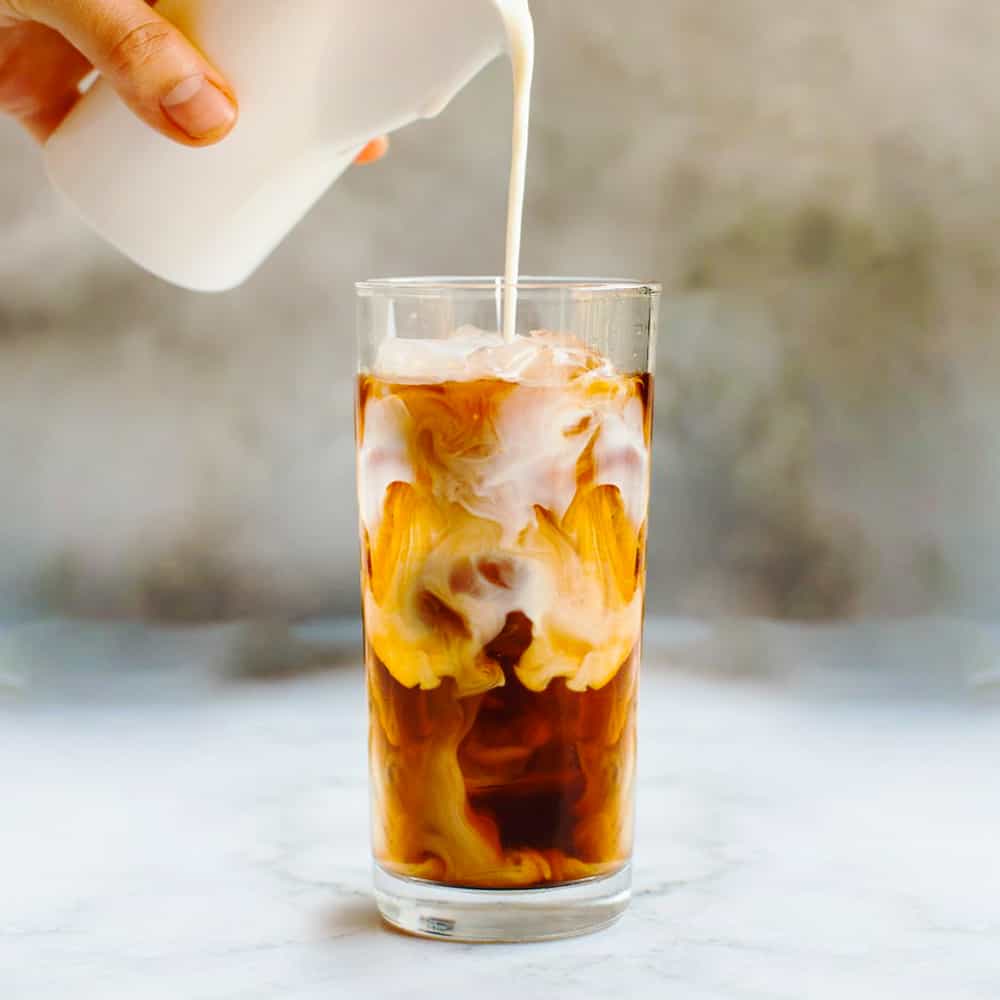
It has an incredibly mellow flavor profile that won’t make your tongue tingle from the acidity: it actually has around 60% lower acidity than hot brews, which ensures that an extensive range of flavors is extracted for deliciously balanced coffee, without any bitterness.
Cold brew is versatile in that you can:
- drink it hot or cold,
- dilute it with water, milk, or a creamer
- or even add maple syrup.
The sky is your limit when choosing what to add. But however customizable your cold brew might be, the secret to a good batch is to do everything in moderation.
Remember to also add other ingredients only when you’ll drink it because undiluted cold brew can last up to 10 days but when mixed with milk and other sweeteners, its shelf life will drastically shorten.
Mass-produced cold brew can last months because of the manufacturers’ purification processes such as pasteurization, but still, the fresher your coffee is, the better.
Conclusion
After much experimentation and cup-tasting (tough job, I know, but I love it), an extra-coarse grind is a fool-proof way to go for a smooth and flavorful cold brew; trust me, your taste buds will thank you for sticking with that size.
Sure, you could use a finer grind if you’re feeling adventurous, but be prepared for a potentially over-extracted and bitter cup of joe.
Let me know how it goes in a comment below!

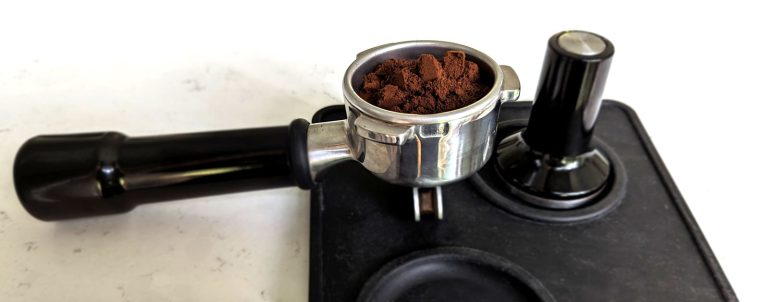

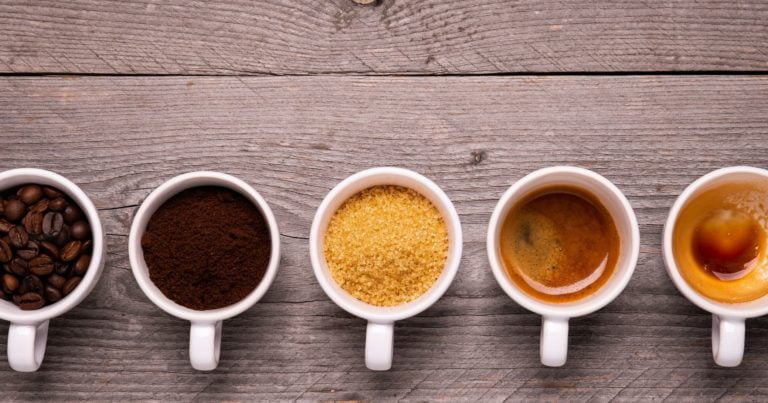
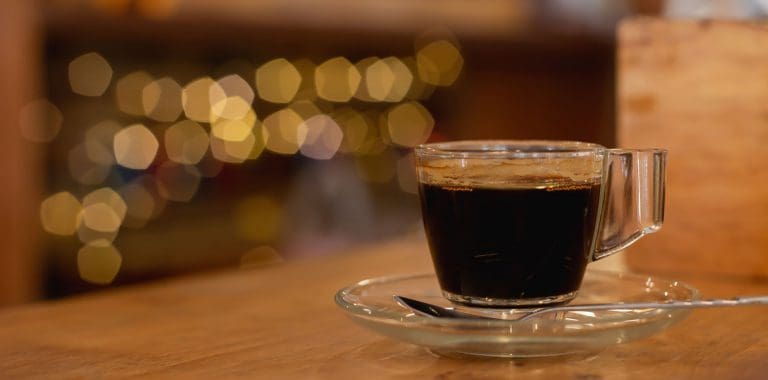


Can anyone explain why the AeroPress is an exception for using espresso grinds for cold brew? I’m a bit confused since the article suggested extra-coarse is generally the way to go. Would love to hear more about this.
After reading the article, I’m tempted to switch to making cold brew at home. Do you have any recommended coffee bean brands that pair well with the extra-coarse grind for someone just starting?
You bet, here they are.
Interesting read, Tom. I’ve been experimenting with cold brew for a bit now and I totally agree that the grinder type makes a huge difference. I invested in a burr grinder last month and the improvement in flavor is noticeable. Those extra-coarse grinds really do the trick.
Tom, thank you for the eye-opening article. I’ve struggled with my homemade cold brew tasting not quite right, and your explanation about grind sizes was the missing puzzle piece. I was using a medium grind, which explains the bitterness. I’m excited to try an extra-coarse grind, and I’m hopeful for café-quality cold brew at home.
Just a quick thank you to Tom and BigCupOfCoffee for spelling out the different grind sizes. It’s details like these that can turn a home brew into something special. I’ve been using coarse grinds, not knowing extra-coarse was an option, so I’ll be adjusting my grinder settings today.
Tom, finding the right grind size has been a challenge, and your article cleared up so much confusion. I’m going to try the extra-coarse grind with my burr grinder this weekend. Hopefully, I’ll be saying goodbye to my coffee shop visits, I’m trying to cut down on my coffee spending.
This guide is solid for beginners but ignores the nuances of water quality and brewing time, which also dramatically affect cold brew taste. For those diving deeper, consider experimenting not just with grind size and beans, but also with the type of water and steeping duration. It’s a game of fine-tuning all variables to achieve that perfect cup.